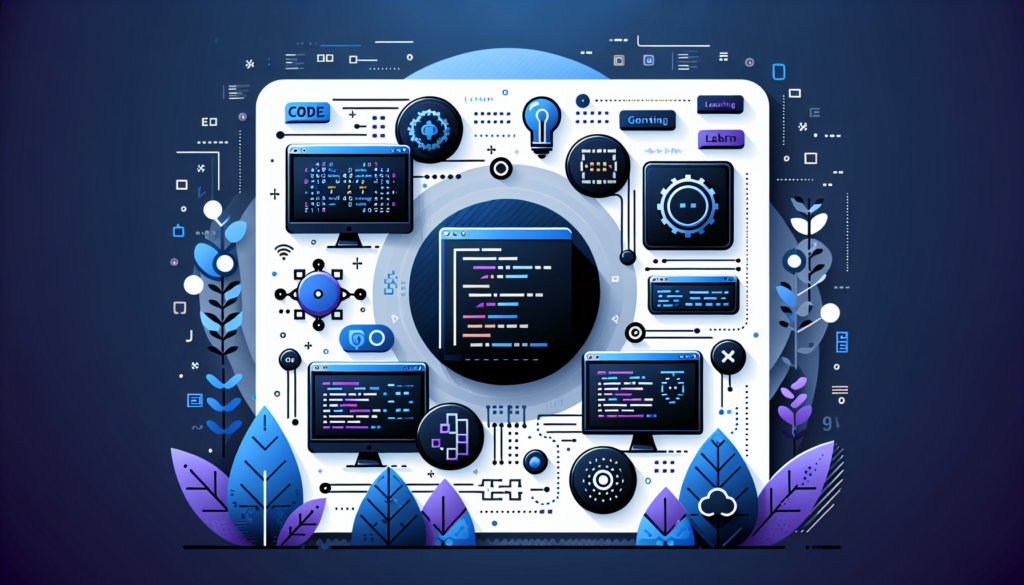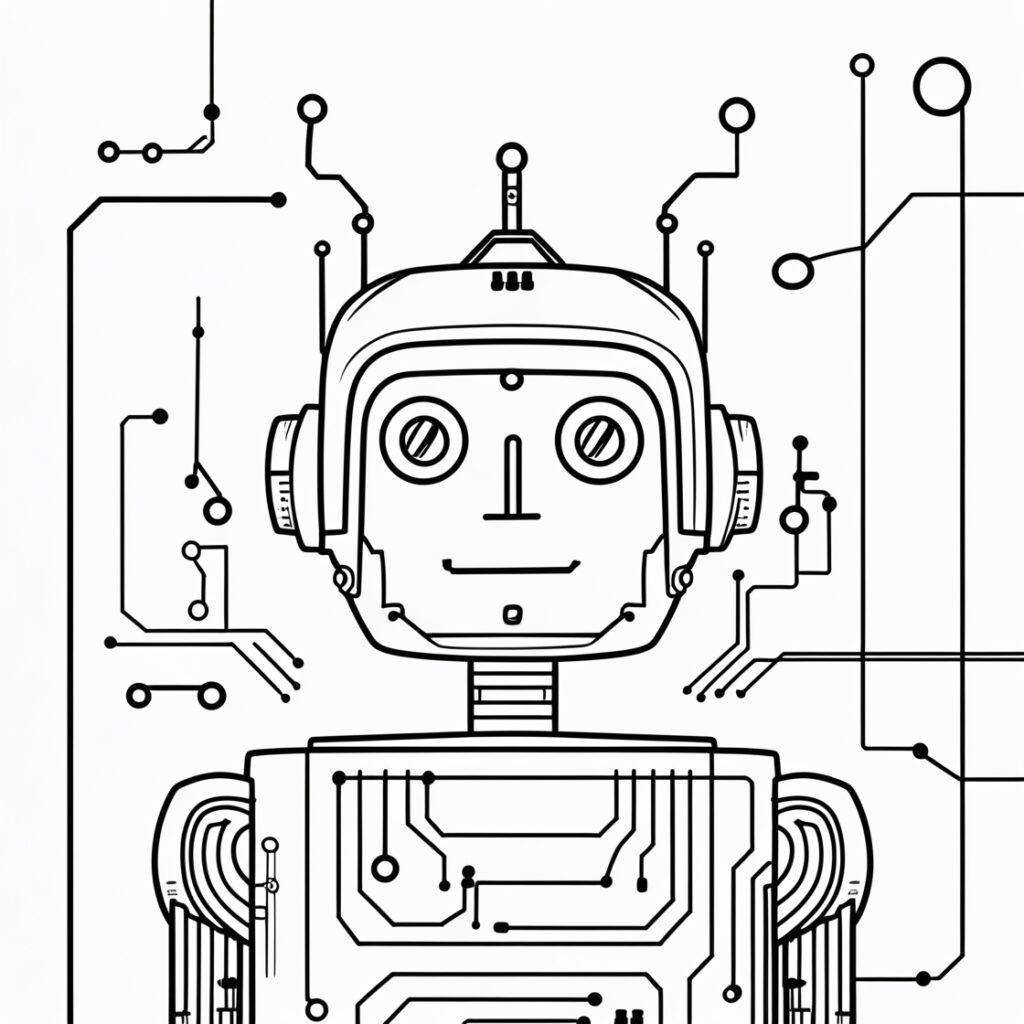As the tech landscape continues to evolve, the demand for programming skills has never been greater. Whether you are a seasoned developer, an IT professional, or a tech learner just starting out, understanding the fundamental programming languages and teaching methodologies is essential. This blog post explores essential programming languages, educational opportunities, and the future of coding education, providing you with actionable insights to advance your career.
Key Takeaways
- Understand the foundational programming languages: Python, R, and C.
- Discover innovative ways to teach coding, especially to younger audiences.
- Explore free online courses from top institutions to boost your skills.
- Learn about industry trends emphasizing early coding education.
- Implement best practices for teaching and learning programming effectively.
Technical Background and Context
Programming is the backbone of technology, and mastering it opens countless doors in various industries. Here are key programming languages and concepts you should be familiar with:
- Python: Known for its simplicity and readability, Python is an excellent first language for beginners. It is widely used in web development, data analysis, artificial intelligence, and more.
- R: Primarily used for statistical analysis and data visualization, R is essential for data scientists and analysts. It provides a robust environment for statistical computing.
- C: As one of the oldest programming languages, C provides a foundational understanding of programming concepts and is widely used in system software and embedded systems.
- Scratch: This visual programming platform is designed to teach coding concepts to younger audiences, making it accessible and fun to learn.
Practical Applications and Use Cases
Understanding programming languages is one thing; applying them is another. Here are some practical applications and use cases:
📚 Recommended Digital Learning Resources
Take your skills to the next level with these curated digital products:
AI Enhanced Resume Builder
AI Resume Builder Flask App – Complete Source Code + PDF Tutorial + HTML | Digital Download for Designers
Learn AWS: Your First Cloud Application
Learn AWS: Your First Cloud Application
📊 Key Learning Points Infographic

Visual summary of key concepts and actionable insights
Comprehensive SAT Prep: 470+ Vocabulary Words
Comprehensive SAT Prep: 470+ Vocabulary Words
Master DevOps in Practice – 50 Essential Topics for Engineers (PDF eBook)
Master DevOps in Practice – 50 Essential Topics for Engineers (PDF eBook)
The Ultimate Keyboard Shortcut Guide 49 Software Cheat Sheets in One PDF Bundle
The Ultimate Keyboard Shortcut Guide 49 Software Cheat Sheets in One PDF Bundle
- Python in Data Science: Utilize libraries like Pandas and NumPy to analyze large datasets. Python’s ease of use allows you to focus on insights rather than syntax.
- R for Statistical Analysis: Create visualizations using ggplot2 or perform advanced statistical tests. R’s capabilities make it indispensable for researchers.
- C in Embedded Systems: Write efficient code for microcontrollers or real-time systems. C allows for low-level memory management, making it ideal for performance-sensitive applications.
- Scratch in Education: Engage students with interactive projects that teach logic, problem-solving, and computational thinking without the complexity of traditional coding.
Learning Path Recommendations
Whether you’re a beginner or looking to refine your skills, there are numerous educational resources available:
- Free Coding Courses: Institutions like Harvard, Stanford, and MIT offer free online courses covering various programming topics, from Python basics to advanced data science.
- Teaching Coding to Young Audiences: Courses that focus on teaching coding in grades 5–8 emphasize the importance of making programming engaging for young learners.
- Specialized Courses: Platforms like Code.org and edX offer courses tailored for specific applications, such as using Python to create games in Minecraft, providing a fun and interactive way to learn.
Industry Impact and Career Implications
The tech industry is increasingly recognizing the importance of coding education at an early age. By investing in programming skills, you not only enhance your employability but also contribute to a future workforce that is better equipped to tackle complex problems. Here’s why this matters:
- Job Market Demand: The demand for programmers is rising, with roles in software development, data analysis, and artificial intelligence projected to grow significantly.
- Skill Versatility: Proficiency in programming languages like Python and R opens doors in various sectors, including finance, healthcare, and technology.
- Teaching Skills: As coding becomes integral to many curricula, having the ability to teach coding effectively can position you as a valuable resource in educational settings.
Implementation Tips and Best Practices
To maximize your learning and teaching potential, consider these best practices:
- Hands-On Practice: Engage in projects that apply what you learn. Building real-world applications solidifies your understanding.
- Join Coding Communities: Participate in forums, attend workshops, or join local coding groups to connect with peers and share knowledge.
- Utilize Online Resources: Take advantage of free resources, tutorials, and coding challenges available on platforms like Codecademy, freeCodeCamp, and Coursera.
- Incorporate Gamification: Use platforms like Scratch or Minecraft to make learning coding fun and interactive, particularly for younger students.
Future Trends and Skill Requirements
As the technology landscape changes, so do the skills required for success. Here are future trends to watch:
- Increased Focus on AI and Machine Learning: Understanding Python will be crucial for those looking to enter fields related to AI and machine learning.
- Emphasis on Data Literacy: Knowledge of R and Python for data analysis will be increasingly important as businesses rely on data-driven decision-making.
- Early Coding Education: The trend of teaching coding at an early age will continue, making it essential for educators to develop effective teaching strategies.
Conclusion with Actionable Next Steps
In conclusion, mastering programming skills is a vital investment in your career. By focusing on foundational languages like Python, R, and C, and embracing innovative teaching methods, you can position yourself for success in the tech industry. Here are some actionable next steps:
- Enroll in a free online coding course from a reputable institution to deepen your understanding.
- Start a personal coding project to apply your knowledge practically.
- Join a local coding group or online community to network and learn from others.
- Explore teaching opportunities to share your knowledge and inspire the next generation of programmers.
Take charge of your learning journey today, and unlock the doors to a rewarding career in tech!
Disclaimer: The information in this article has been gathered from various reputed sources in the public domain. While we strive for accuracy, readers are advised to verify information independently and consult with professionals for specific technical implementations.
Ready to advance your tech career? Explore our digital learning resources including programming guides, certification prep materials, and productivity tools designed by industry experts.



